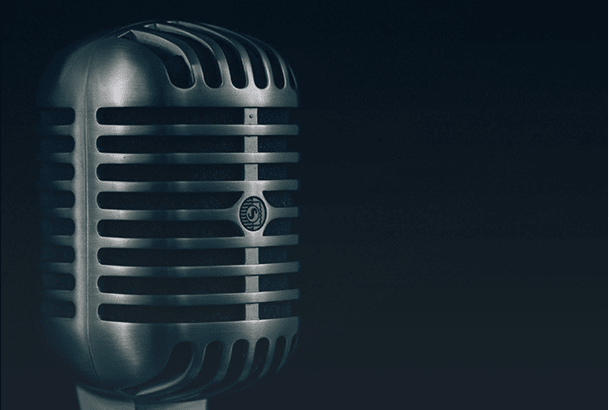Prior to the computerized age, simple chronicle was the main alternative. Acoustic simple chronicle is the point at which a little mouthpiece outline that recognizes the adjustments in the climatic weight, or acoustic sound waves. It is then recorded on phonograph, or a medium like it, in a portrayal of the sound waves. The proliferation of this sound is the opposite procedure. A greater amplifier stomach is utilized to make the progressions climatic weight and structures sound waves. Simple account started in 1857, with a Parisian designer Èdouard-Lèon Scott de Martinville. Èdouard-Lèon Scott de Martinville created the phonautograph, which was a machine that could record sounds as they went through the air, yet couldn’t replay them. The phonautograph utilized a vibrating stomach and a stylus to follow sound waves on pieces of paper. The human voice was recorded just because by the phonautograph, the accounts were classified “phonautograms”. Made in 1877 and protected in 1878, Thomas Edison designed the principal viable sound chronicle and multiplication gadget, the mechanical phonograph chamber. The mechanical phonograph chamber engraved the accounts outwardly surface, at that point replays them on a mechanical chamber phonograph. A sort of Phonograph record is the Edison Diamond Disk Record, made by Thomas A. Edison Inc.. The record, made of tinfoil, was folded over a metal chamber with grooves and a stylus that was sound vibrated indented the tinfoil as the chamber was turned.

Exclusive on beeniice
The phonograph prompted what we currently call records. The most punctual type of records was known as the “Gramophone”. The Gramophone was concocted by Emile Berliner in 1889, in the US. The ace accounts were recorded on zinc plate circles, at that point electroplated, and afterward a negative-picture was produced using them and used to stamp plates. At first, accounts were made through every acoustic mean. The sound would be gathered by a huge horn, at that point channeled into a stomach, which would then vibrate the cutting stylus. Regardless of the accomplishment with the acoustic chronicle, in the 1920’s, engineers at Western Electric and Orlando Marsh made an approach to catch sound with an amplifier. The sound would be caught with a mouthpiece, as opposed to a horn, which would intensify it through vacuum tubes, making an electric sign. The vacuum tubes, initially named Audion triode vacuum tubes, made in 1906 by Lee De Forest, were an electronic valve that intensified feeble electrical signs. Utilizing the intensified electric sign from the vacuum tubes, an electromagnetic account head would be driven. Western Electric spearheaded the utilization of mechanical analogs of electrical circuits. They made the “elastic line” recorder for cutting the section into the wax ace in the circle recording framework. This began the chronicle framework that is still once in a while utilized today to record vinyl records. Since sound had gotten simpler to record, individuals began to try different things with utilizing it for films. During the 1920s, early film sound frameworks like Phonofilm utilized optical chronicle innovation. Optical chronicle innovation is the place the sound sign is graphically recorded on photographic film. When playing these movies, the film projector utilized a light and a photoelectric cell to change over the recorded varieties once more into electrical signs, which were then intensified. The crowd heard these intensified electrical signals after the signs were sent to amplifiers behind the screen.know more jingles.
The capacity to join sound into media got simpler after the development of attractive tape. Attractive copying is the point at which the sound waves vibrate the mouthpiece stomach, at that point are changed over into an electric flow. This current is then changed over to an attractive field by an electromagnet. An electromagnet makes a portrayal of the sound as polarized territories on a plastic tape, this tape can do the due to its attractive covering. Attractive tape was first concocted in Germany by Danish designer Vlademar Poulsen, and was based off attractive wire recording. In 1924, Dr. Kurt Stille, built up Poulsen’s wire recorder to make a directing machine. The wire recorder records things when a wire is pulled rapidly over an account head, which at that point charges each point along the wire with the force and extremity of the electrical sound sign what was being provided to the chronicle head right then and there. To play back the account on the wire recorder, the shifting attractive field made by the wire passing makes a comparative electrical flow in the head, reproducing the first sign. The tape head attractively controls the oxide side of the tape, or the side of the tape that stores the data. Utilizing the developments made by Oberlin Smith in 1888 and Poulsen in 1898, Fritz Pfleumer, in 1928, made attractive tape for recording sound. The attractive tape was first utilized in 1951 to store PC information on the Eckert-Mauchly UNIVAC I.